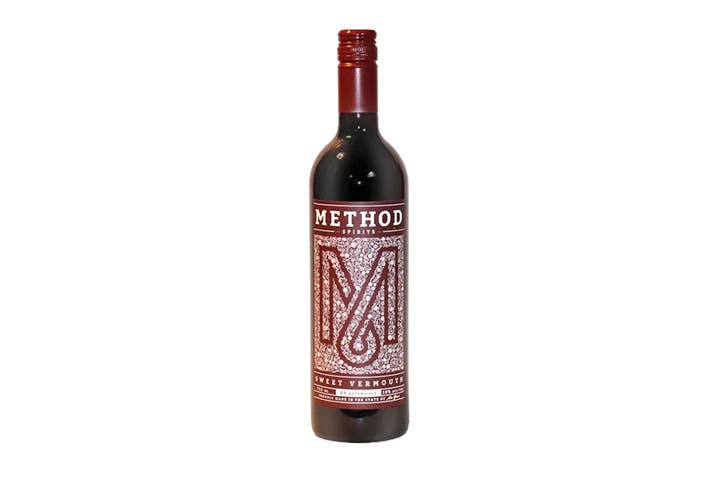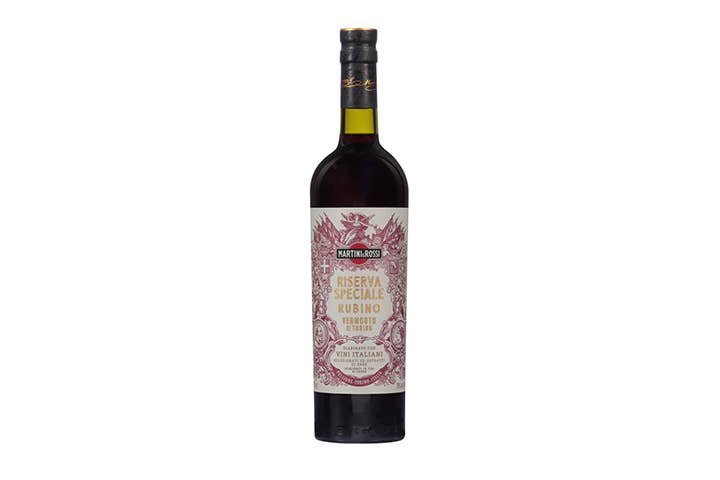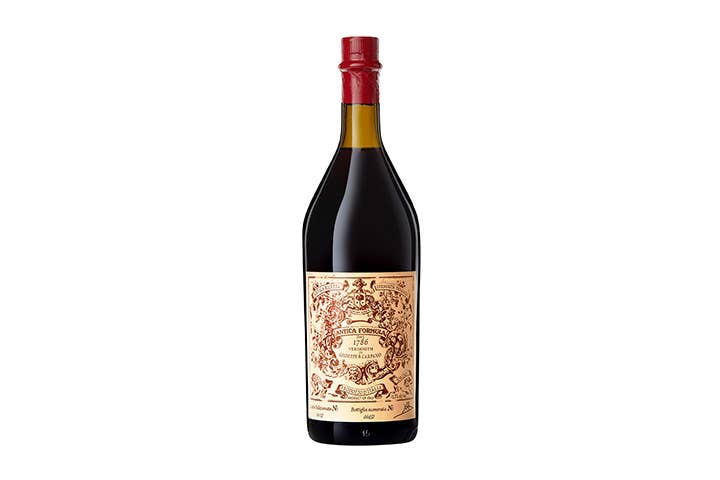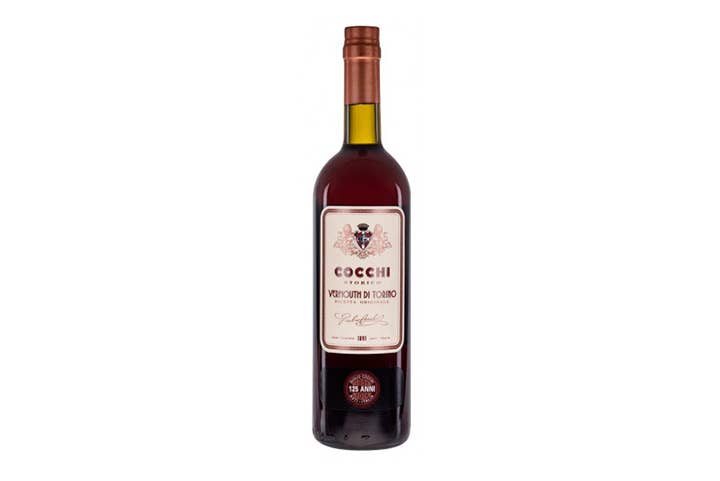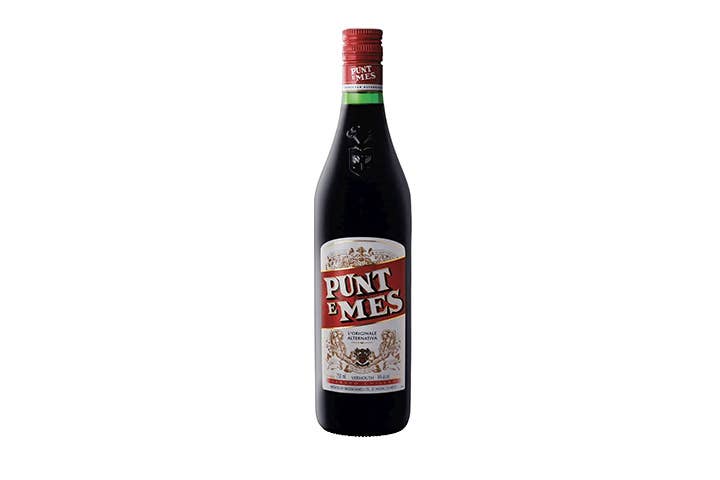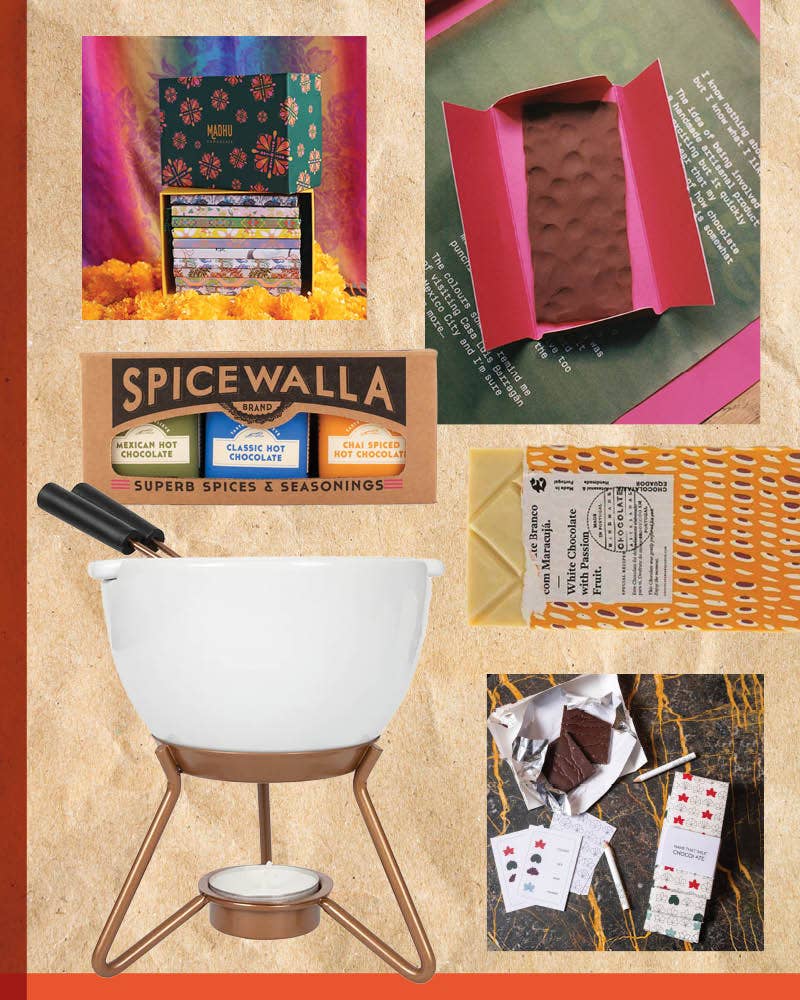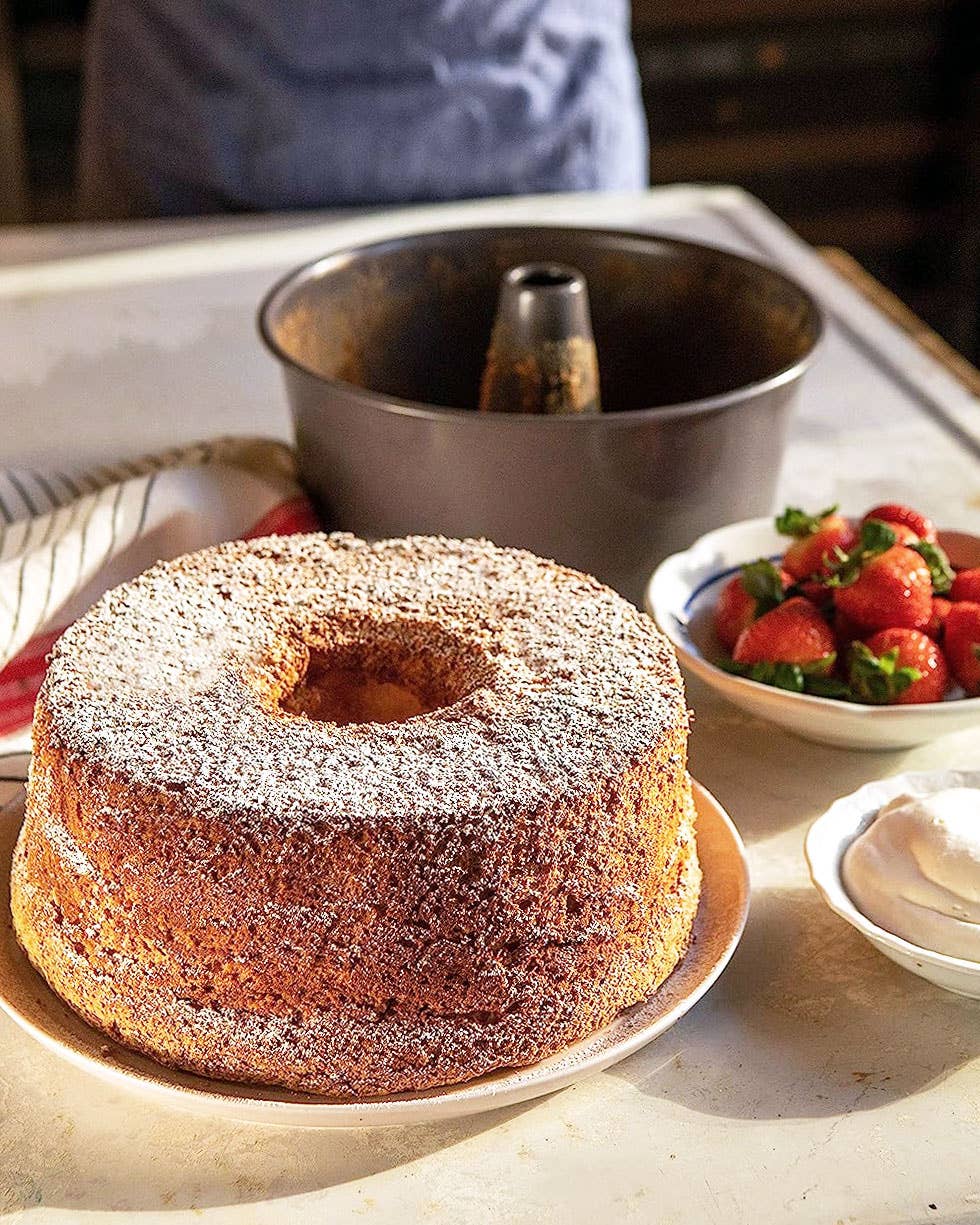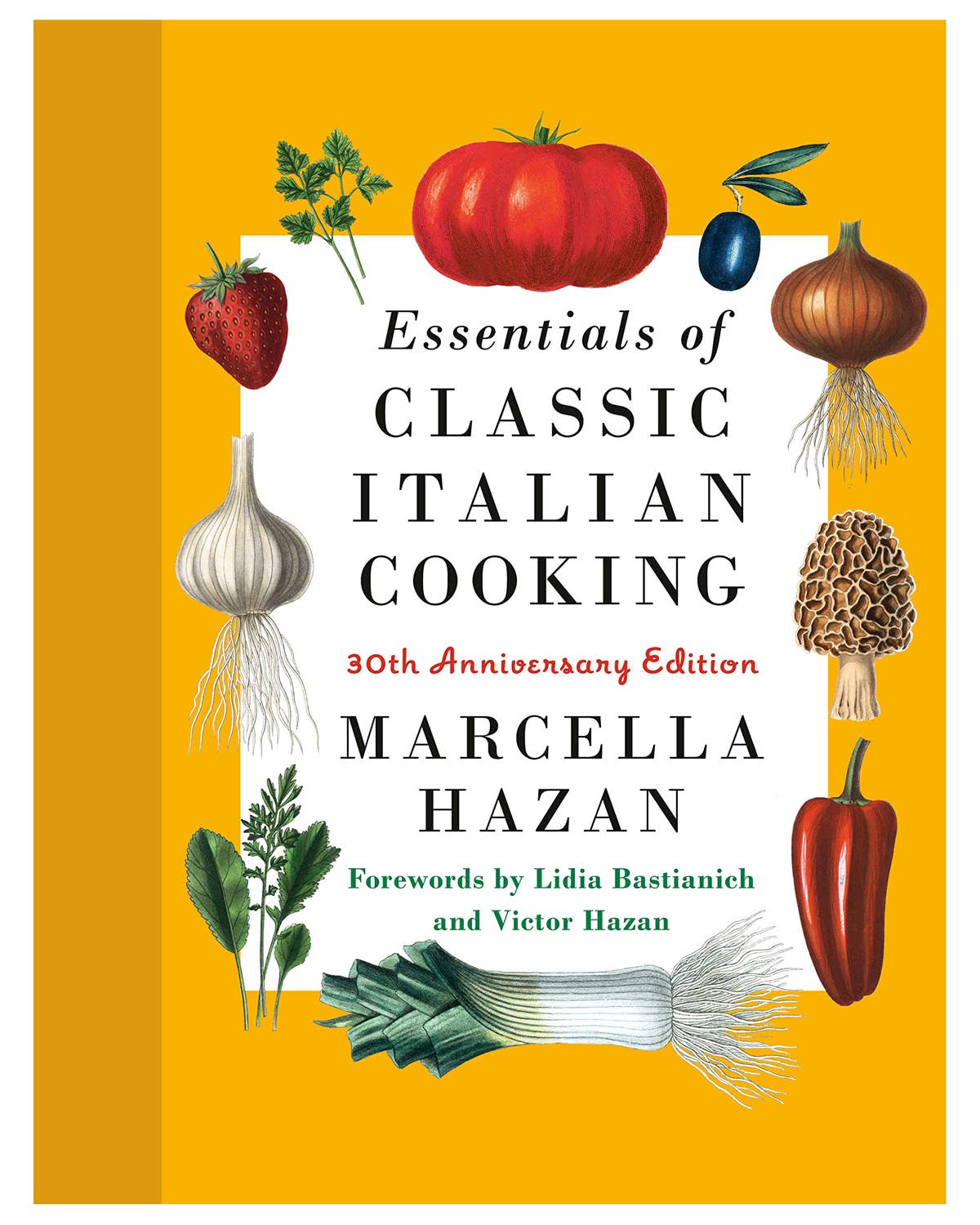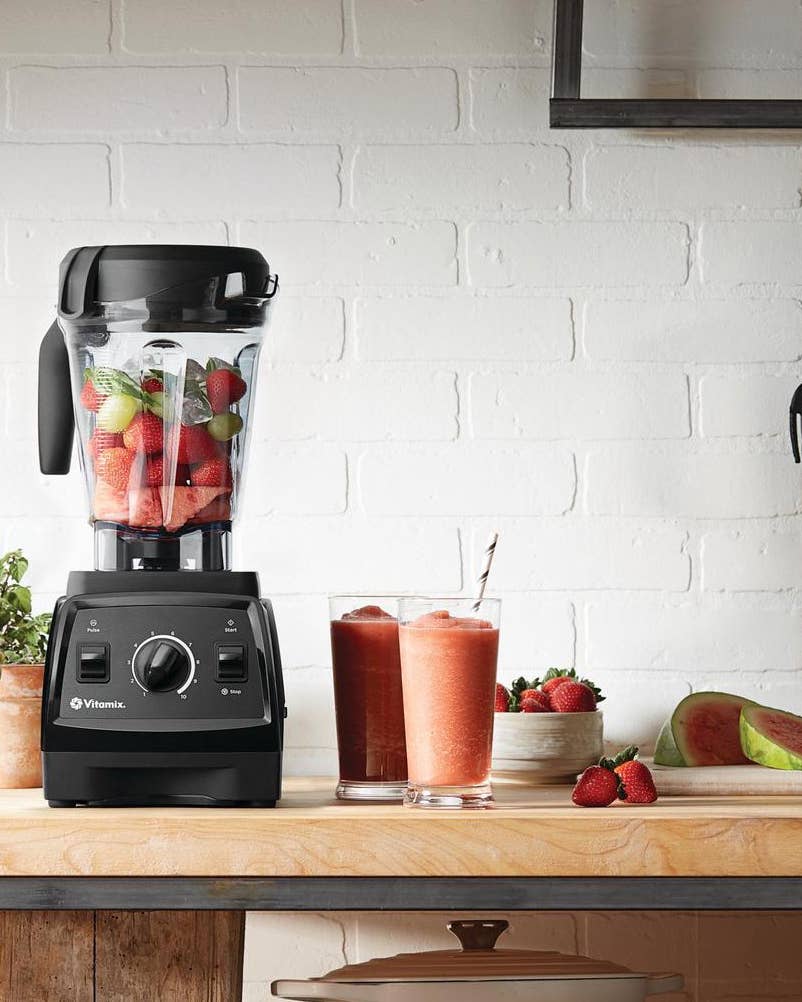The Best Vermouths Are for Drinking Every Day
These picks from cocktail pros will change the way you think about this fortified wine.
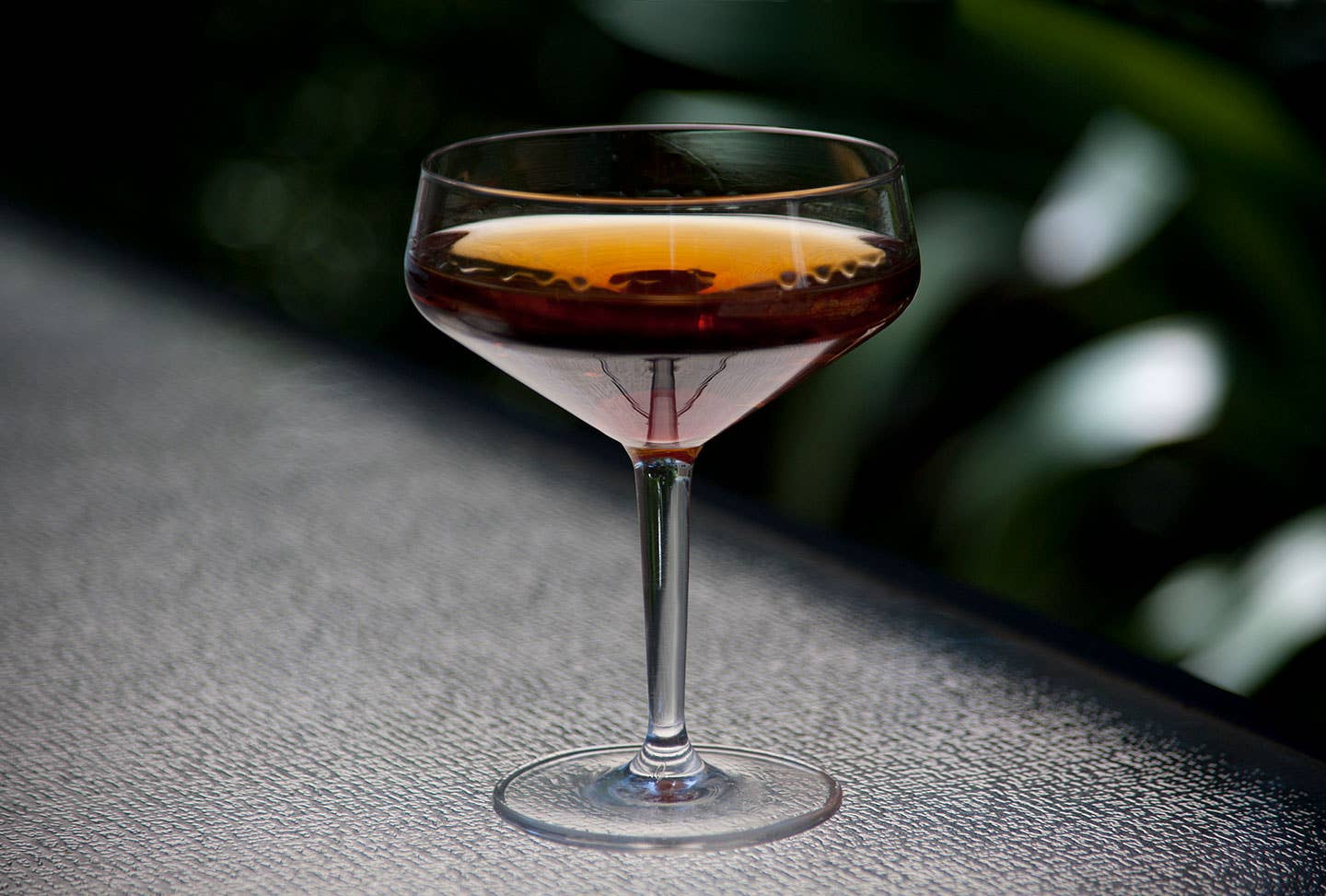
Curating the perfect bottles for your home bar takes time, patience, and attention to detail—vermouth, however, tends to be overlooked in that process, with many settling for the familiar labels that once collected dust on their parents’ and grandparents’ shelves. And that’s perhaps just the issue: to date, dry and sweet vermouths have been respectively relegated to the occasional splash in homemade martinis and Manhattans when, in reality, they’re both capable of so much more.
Vermouth is a fortified wine (think sherry, Port, or Madeira) that’s been taken a step further by being infused with a variety of botanical ingredients like spices, herbs, roots, flowers, and more. Most associate vermouth as a whole with Martini & Rossi, which is one of the largest and most well-known brands in the business, though there are many other producers throughout the Old and New Worlds, and each producer’s recipe differs from one to the next. If you haven’t yet tried other vermouths outside of the Martini & Rossi family, you’re in for a whole new landscape of flavors, colors, textures, and more.
Sweet vermouth in particular has been one of my favorite categories to explore, especially when making low-ABV cocktails at home, either for myself on a low-key weeknight or for a crowd as a dinner party apéritif, batched ahead of time and poured for each guest as they file through the door. I can’t resist opening friends’ and acquaintances’ eyes (and, let’s be honest, the occasional perfect stranger’s) to somewhat obscure classic fortified wine cocktails like the Adonis, which couldn’t be easier to make on the fly. The perfect collision of dry sherry, sweet vermouth, bitters, and a twist of orange or lemon, give this late-19th century drink and its ilk a serious chance of becoming your new favorite way to deplete your vermouth stash, before it starts to sour.
“An Adonis is one of my favorite cocktails to imbibe and make for guests—it gets overlooked quite often when people are drinking light,” says Javelle Taft, Head Bartender at legendary New York City cocktail bar Death & Co. According to Taft, fortified wine-based drinks like the Adonis make great alternatives to stiff, stirred classics (e.g. a Manhattan, in this case) for those who want to “ease off the throttle” once in a while. Either way, vermouths are a staple behind great bars like Death & Co’s, and Taft tells me there’s a healthy array of sweet vermouths, which the team applies to various drinks according to individual flavor profiles, he shares. Here, Taft and fellow U.S. bartenders share their the best sweet vermouths for every home bartender’s reserves.
Our Top Picks
- Best Domestic: Method Sweet Vermouth
- Best Italian: Martini & Rossi Riserva Speciale Rubino Vermouth
- Best for Manhattans: Carpano Antica Formula Vermouth
- Most Unique: Casa Mariol Vermut Negre
- Best Overall: Cocchi Vermouth di Torino
- Best Value: Punt e Mes
Best Domestic: Method Sweet Vermouth
Best Domestic
Region: New York State | ABV: 18% | Tasting Notes: Baking spices, caramel, citrus
Pros
- Versatile
- Locally-sourced ingredients
- Sales benefit the Restaurant Workers Community Foundation
Cons
- Limited availability
Why we chose it: This homegrown craft vermouth is deliciously versatile, and its sales benefit the hospitality industry in its emergence from the COVID-19 pandemic.
At Bar Goto and Bar Goto Niban in New York City, bartender Koharu Usui favors a locally-sourced and produced sweet vermouth that’s as aesthetically pleasing as it is versatile. "I love that [Method] strikes a balance between lighter, fruitier styles like Dolin and darker, heavier styles like Punt e Mes or Carpano Antica,” Usui shares. Many bars make their own sweet vermouth blends, but I think this is a great all-purpose vermouth that still has enough body to stand up to other spirits. You can’t go wrong with a Manhattan made with this vermouth, and the deep red fruit notes also mix well with cognac, like in a Vieux Carré."
Best Italian: Martini & Rossi Riserva Speciale Rubino Vermouth
Best Italian
Region: Torino, Italy | ABV: 18% | Tasting Notes: Red fruits, sandalwood, herbs, cracked pepper
Pros
- New release
- All-purpose
Cons
- Higher price point than its classic counterpart
Why we chose it: We all know the classic Martini & Rossi sweet vermouth, but this new expression is a serious step up.
Federico Doldi, Beverage Director of New York hotel Gansevoort Meatpacking, shares his go-to sweet vermouth pick: “I personally prefer the artisanal Martini Rubino vermouth of the Martini & Rossi family, a rich complex vermouth Di Torino that is based on a famed 150-year-old recipe. I chose to feature Martini Rubino in the Negroni alongside Martini bitter-infused coffee beans, Bombay Sapphire gin, and lemon essence at Coffee + Cocktails at Gansevoort Meatpacking. Blending select wines with artemisia and red sandalwood botanicals, it makes a perfect addition to any classic cocktail.”
Best for Manhattans: Carpano Antica Formula Vermouth
Best for Manhattans
Region: Torino, Italy | ABV: 16.5% | Tasting Notes: Madagascar vanilla, saffron, cacao, clove, bitter orange
Pros
- Widely available
- Approachable price point
Cons
- Often comes in liter bottle (standard 750ml bottles can be hard to find)
Why we chose it: Carpano’s signature vanilla-forward flavor profile is near and dear to our hearts.
“I love utilizing Carpano Antica for its rich Madagascar vanilla notes. It plays very well in a Manhattan or a simple vermouth and tonic,” says Taft. Often referred to as “Carpano,” this Italian sweet vermouth is found on backbars all over the world and is one that I personally keep stocked on my own home bar at all times (in the fridge, of course, after opening).
Most Unique: Casa Mariol Vermut Negre
Most Unique
Region: Catalunya, Spain | ABV: 15% | Tasting Notes: Walnuts, cola, baking spices, citrus
Pros
- Uniquely savory
- Larger bottle (1 liter)
Cons
- Limited availability
Why we chose it: This expert recommendation comes from one of our favorite Denver bartenders, Alex Jump, who is also part of the Death & Co family alongside Taft.
At the Denver outpost of Death & Co, Bar Manager Alex Jump can often be found pouring Spanish sweet vermouth Casa Mariol Vermut Negre in a variety of cocktails thanks to its unique flavor profile. “I love the Casa Mariol Vermut Negre—it’s made from Macabeu wine and [is made using] unripe green walnuts and local herbs from the Matarraña area,” she tells SAVEUR. “They do a solera system of aging for about six months before bottling. It’s a really pungent, balanced vermouth that I love putting into a Manhattan variation, or just sipping on ice.”
Best Overall: Cocchi Vermouth di Torino
Best Overall
Region: Torino, Italy | ABV: 16% | Tasting Notes: Tobacco, leather, cola, citrus
Pros
- Well-rounded
- Versatile
Cons
- Can be hard to find in certain areas of the U.S.
Why we chose it: Cocchi is an incredibly well-rounded and versatile sweet vermouth from Italy’s historic epicenter of vermouth, Torino.
“My 'go-to' sweet vermouth at home and our bar program is Cocchi di Torino,” says Amir Babayoff, Bar Director at Ophelia in New York City’s Midtown East neighborhood. “It is a complex, well-rounded vermouth from the Asti region [of Italy], based on Moscato wine and quite an array of botanicals that answers the flavor expectations of both winter and spring.” According to Babayoff, this vermouth is known for its notes of raisins, bitter citrus, fruitiness, cinnamon, and chocolate—this is a medium-to-full-bodied sweet vermouth, he explains, which often lends a deeper, more complex quality to cocktails and packs a bit more punch than its lighter counterparts, even when used in small quantity. [Cocchi] also interacts beautifully with different herbs when infusing—I’ve experimented with vanilla bean, cacao bean, tonka bean, and more.”
Best Value: Punt e Mes
Best Value
Region: Torino, Italy | ABV: 16% | Tasting Notes: Bitter toffee, clove, herbs
Pros
- Unique flavor profile
- Can stand up to brown spirits
Cons
- Potentially overpowering in certain drinks
Why we chose it: Punt e Mes is a delicious, unique, and bold sweet vermouth that won’t break the bank.
Taft shares his thoughts on Punt e Mes, a sweet vermouth produced by the Carpano company: “Punt e Mes is notorious for its bitter toffee and clove notes. In [our new] Wild Thoughts cocktail, I tried to give that comfort level of a classic Boulevardier but splashed with bitter chocolate covered bananas and raspberries.” Taft’s original cocktail, which is featured on the spring 2022 menu at Death & Co, is made using Stellum Bourbon and Death & Co’s collaborative bourbon expression with a bitter aperitivo, Punt e Mes, raspberry eau de vie, banana liqueur and creme de cacao, stirred and garnished with a pickled raspberry—a testament to the range of flavors with which sweet vermouth can commingle.
Runners Up
How We Chose These Products
For this story, we looked to the country’s top bartenders for their personal recommendations—each bottle on this list being one of them. As a wine and spirits writer, I’ve also tasted every one of these sweet vermouths myself, looking primarily for balance (one of the main quality indicators in the wine world in general) as well as gauging versatility, body, sweetness, flavor profile, applications, and more. Per SAVEUR’s standard for featured products in articles like this, price, production, brand reputation, and terroir also played a role in the selection process, ensuring that the final list is well-rounded and caters to a variety of palates.
Features to Keep in Mind When Shopping for Sweet Vermouth
Taste
Balance is key in any wine or spirit, and vermouth is no different. This is a key quality indicator and is one that’s usually confirmed by tasting. Before you buy, look for tasting notes that speak to you in a sweet vermouth or that theoretically complement the other ingredients in the cocktails you plan to make—for me, it’s cola, vanilla bean, root beer, citrus, and baking spices, usually (I’m a big fan of Carpano Antica and Punt e Mes). Body is another component to consider—for example, if you’re a Manhattan drinker, go for something big and bold that can stand up to whiskey; if you’re doing a light, refreshing drink, consider a sweet vermouth that’s a bit more delicate and floral.
Ingredients
A sweet vermouth will always consist of wine, a fortifying spirit, sugar, and botanicals, all of which vary based upon the producer’s recipe.
Where It’s Made
Most vermouths are produced in Italy, Spain, and France, although we’re seeing an increase in craft vermouth brands all over the United States and in other countries as well.
Ask the Experts
Q: Can I drink sweet vermouth by itself?
The short answer? Absolutely. Spaniards have been drinking vermouth on the rocks for ages, and if you’re not already doing it, you’re missing out on an excellent (and incredibly easy) pick-me-up. “I love drinking vermouth straight on ice,” says Usui. “With skeptical friends, I tell them it’s basically ready-to-drink sangria in a bottle, which has eased fears of vermouth!” Note that while sweet vermouths are certainly sweeter than dry vermouths, they do range in sweetness and viscosity, and not all are cloying or syrupy. If yours needs a lift, though, simply try expressing the oils of a citrus peel and dropping the peel in the glass as a garnish.
Q: How do I store sweet vermouth?
Once opened, you should store your bottles of sweet vermouth (and any other style of vermouth) in the fridge to keep it fresh. “Fortified wines should always be kept in the refrigerator to ensure they are consumed at optimal temperature. Sweet vermouth should be treated as such,” notes Taft.
Q: What food goes well with sweet vermouth?
If you’re drinking sweet vermouth on its own, try pairing it with salty pre-dinner snacks like nuts, olives, tinned fish, cheese, charcuterie, and the like. Pairing food with cocktails can be a bit more tricky and depends on the overall flavor profile of the drink, namely its level of sweetness—if you’re serving a sweet cocktail, save it for the end of the meal and pair it with a dessert that features complementary flavors. It might seem counterintuitive, but you’ll generally want to pair fortified wines and fortified wine cocktails with sweet dishes as sweetness in food almost always has a drying effect on wines.
Q: Can I cook with sweet vermouth?
A: You can absolutely cook (and bake) with sweet vermouth. Try deglazing a pan with a splash of it for a sweet-and-salty accoutrement to crispy Brussels sprouts, or use a bit of sweet vermouth in rich sauces to balance acid and round out mouthfeel while adding an element of herbaceousness. There are infinite possibilities, but making a sweet vermouth reduction to drizzle over ice cream is perhaps the easiest (and best) of all.
Our Take
Sweet vermouth is an essential in any home bar, though it’s often misunderstood. When demystified by industry experts, though, identifying the perfect sweet vermouth for your palate is much easier, making the category more approachable. Thanks to its versatility and classic origin, we’ve chosen Cocchi Vermouth di Torino as our Best Overall pick, though each bottle on this list is a tough contender.
Keep Reading
Continue to Next Story
